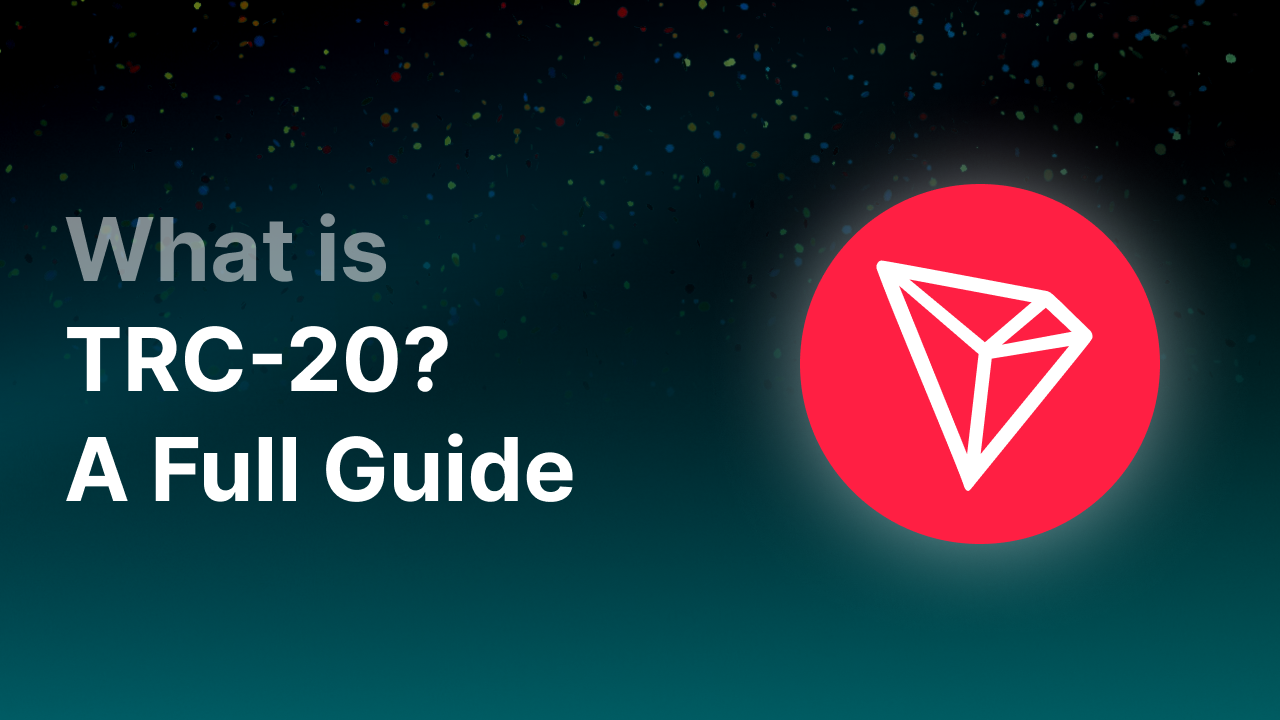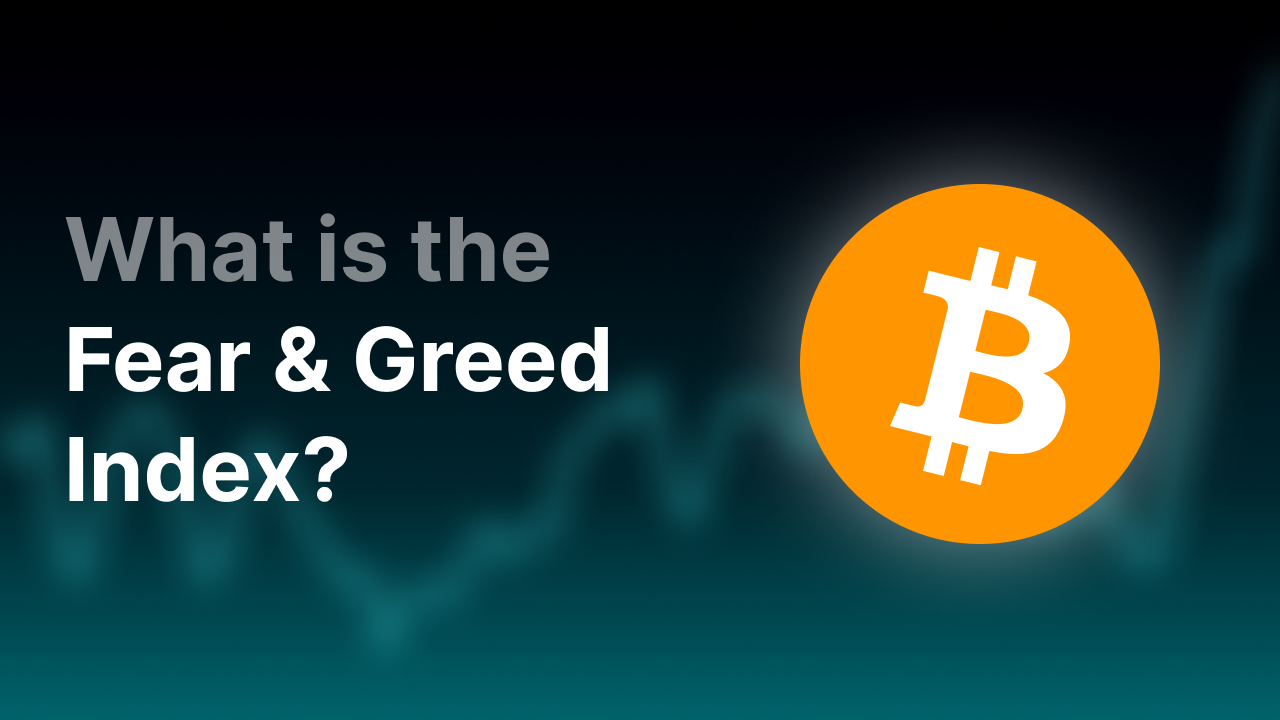Who is PlanB and what is the Stock-to-Flow model?
_01K99TNGNCDQ2YPQW4DYEMTXFB.png)
What is Stock-to-Flow?
The Stock-to-Flow (S2F) model is an economic model that measures the scarcity and value of an asset. It calculates the ratio between total existing supply (stock) and annual production (flow). The higher this ratio, the scarcer the asset is considered to be — and, according to the model, the more valuable it becomes.
The Stock-to-Flow model is widely used for commodities such as gold and silver, but also for cryptocurrencies like Bitcoin, to analyze price trends and predict potential future value increases.
Formula: Stock-to-Flow ratio = total stock ÷ annual production
For Bitcoin, this represents the ratio between the total number of existing bitcoins and the number of new bitcoins created each year through mining.
A high S2F ratio means that few new coins are being created — Bitcoin is becoming scarcer.
According to the theory, greater scarcity generally leads to higher value.
The model has become very popular in the crypto analysis world. Some investors use it to forecast price movements, though it remains a theoretical tool. Other factors — such as market sentiment, regulation, and macroeconomic trends — also play significant roles.
Some experts do not rely on the S2F model completely; it should be used only as a supporting analytical tool, not as a precise predictor.
Key Takeaways
- The Stock-to-Flow model compares total supply (stock) with annual production (flow).
- A high S2F ratio means little new supply → the asset is scarce.
- The scarcer an asset is, the more valuable it is often considered according to the model.
- Used by investors to analyze Bitcoin’s long-term price trends.
- Popularized by Dutch analyst PlanB, who applied the model to Bitcoin in 2019.
From S2F to S2FX: a new model for Bitcoin
Dutch analyst PlanB developed an improved version of the model: the Stock-to-Flow Cross Asset (S2FX).
While the original S2F model only considered supply and production, the S2FX adds several “clusters”.
These clusters represent different phases in Bitcoin’s development, similar to how gold, silver, or other assets behave over time.
The model takes into account not only the stock-to-flow ratio but also Bitcoin’s market capitalization.
This allows S2FX to identify different price phases and attempt to forecast future trends.
What can you do with the S2FX model?
According to the S2FX model, Bitcoin’s value will continue to rise over the long term as scarcity increases.
Based on the current cycle, PlanB’s calculations estimate a Bitcoin price of approximately $350,000 in early 2027, and potentially above $1,000,000 after the next halving in 2028.
Although these figures are impressive, it is important to remember that:
- The S2FX model is not a guarantee but a tool to better understand market dynamics.
- The S2FX model alone is not sufficient to build an investment strategy.
- Many other factors can influence Bitcoin’s price.
The model helps investors understand why scarcity creates value — and how that concept applies to the digital world.
Why is scarcity so important?
Scarcity means that something is not available in unlimited quantities.
Take gold, for example: it is rare, expensive to mine, and has a persistent demand in jewelry, industry, and investment. Because it is difficult to produce and limited in nature, gold retains its value.
Bitcoin shares many of those characteristics.
Only 21 million bitcoins will ever exist. They cannot be copied or counterfeited, and every transaction is recorded transparently on the blockchain.
The number of bitcoins released per day (or block) is predetermined.
In total, there are only about 1 million bitcoins left to be mined — and no more will ever be created.
The last Bitcoin is expected to be mined in over 100 years.
This is why Bitcoin is often called “digital gold”: scarce, incorruptible, and globally tradeable.
Who is PlanB?
The person behind the pseudonym PlanB remains anonymous, but it is known that he is a Dutch institutional investor with more than 25 years of experience in the financial sector.
He has a background in quantitative finance (the use of mathematical models for investment strategies) and a strong interest in monetary systems and inflatie.
On the platform X, PlanB became known under the handle @100trillionUSD, referring to a Zimbabwean banknote of 100 trillion dollars — a symbolic reference to the effects of hyperinflation.
In 2019, he applied the Stock-to-Flow model to Bitcoin for the first time.
Since then, he has become one of the most cited analysts in the crypto world.
Although he is now less active on social media, his work continues to influence both retail and institutional investors.
Criticism and limitations of the model
Although the Stock-to-Flow model is popular, it has also faced significant criticism.
The main argument is that it is too simplistic to fully explain the complex price fluctuations of Bitcoin and other assets.
Here are the most common limitations:
- No consideration of demand
The model only considers supply (stock and production) and ignores demand. If Bitcoin demand suddenly falls, the model would still predict an increase — even though the actual price might drop. - Lack of macroeconomic and sentiment factors
Factors such as regulation, interest rates, geopolitical tensions, or large investors (so-called “whales”) can strongly affect the market, but they are not part of the S2F formula. - Over-reliance on historical data
The model relies on the past and assumes that patterns will repeat in the future.
However, market structures constantly evolve. New technologies, regulations, or adoption patterns can break historical relationships. - Overestimated predictions
PlanB’s original S2F predictions were, in some years, far above Bitcoin’s actual price. This shows that the model offers an indication of direction — not an exact forecast.
For this reason, many analysts use the Stock-to-Flow model as a complementary tool alongside other indicators (such as on-chain data, market sentiment, or technical analysis).
Important: The S2F model is useful for understanding the role of scarcity, but it does not tell the full story. Think of it as a compass, not as a map that precisely outlines the future.
Final thoughts
The Stock-to-Flow model and PlanB’s S2FX variant provide an interesting framework for analyzing Bitcoin.
They help investors understand why scarcity can drive value — in both physical and digital markets.
Still, no model can predict the future with precision.
Use the S2FX model as a supporting tool, not as a fortune-teller.
Those who understand the principles of scarcity better understand why Bitcoin may continue to play a lasting role in the global financial system.
__01KC926A15P1A0X3VR6DBBV1FK.png)



